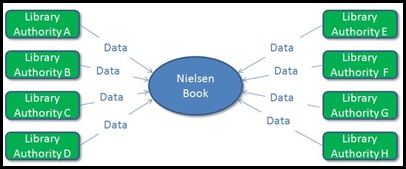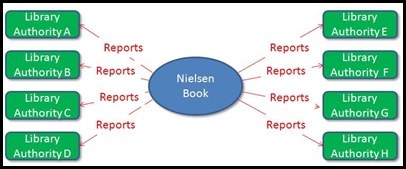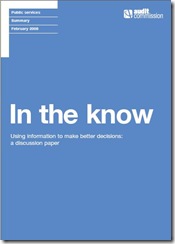Performance Management in Singapore
I’ve recently been reading a case study on Performance Management at Lee Kong Chian Reference Library in Singapore: part of the National Library of Singapore.
Singapore recognises that it’s future prosperity depends upon the knowledge-based skills of its citizens. LKC is a reference library and a key success factor for it is the speed and accuracy of answering queries from the public. This is reflected in LKC’s Key Performance Indicators (KPIs)
LKC occupies about 14,000 square metres (about 3 times the area of Norwich Millennium Library, a bit smaller than the new library at Queens university Belfast, and about half the size of the proposed new Birmingham library).
The KPIs tracked by LKC make interesting reading. They include
- Visitor counts (including virtual visits – more than 80% of Singaporean households have wireless broadband)
- Ratio of compliments to complaints
- Number of collaborations (non-commercial partnerships, sponsorships, donations etc)
- Number of reference and research enquiries
- Elapsed time to respond to queries (in several categories)
- Customer satisfaction index (based on survey data)
- Number of Promotional activities (particularly collection tours)
- Publishing (in house guides, articles, collection guides, book reviews by Librarians etc)
The KPIs persist from year to year: the actual values are revised annually, and tracked by specific reporting.
For many managers, knowing what data to track is itself an issue. Regardless of the relevance of these specific KPIs in other libraries, the overall approach outlined here appears to be very powerful.










Recent Comments